#comalcalco
Photo
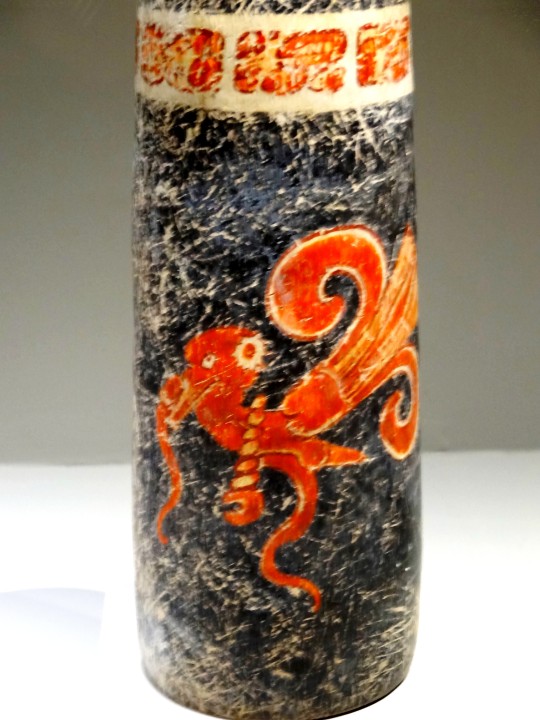
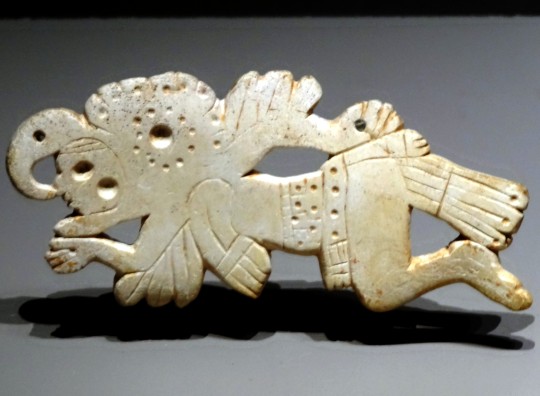
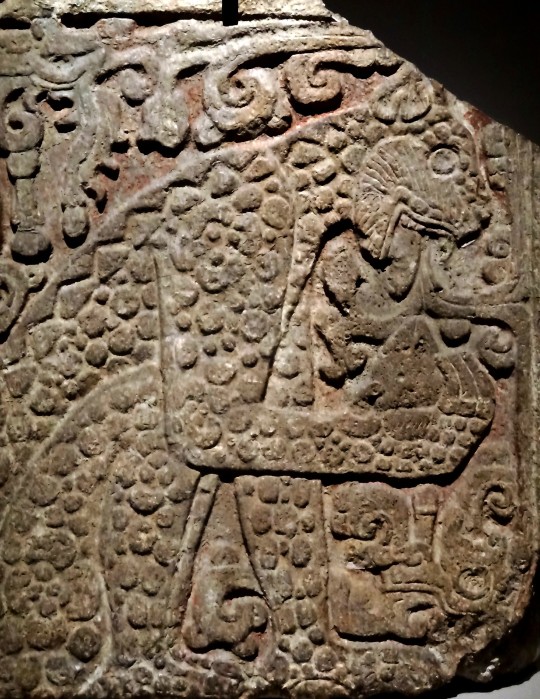
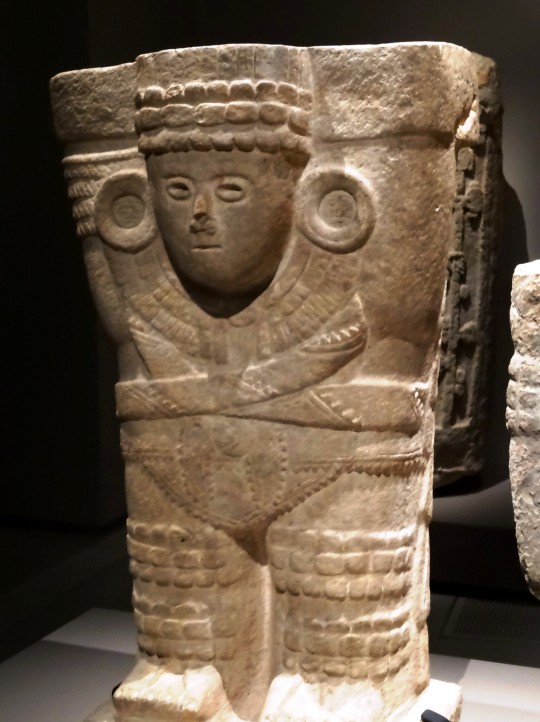
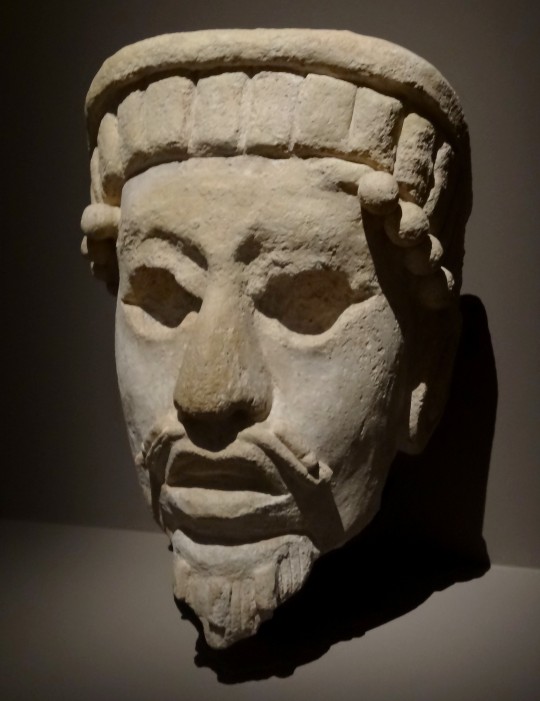
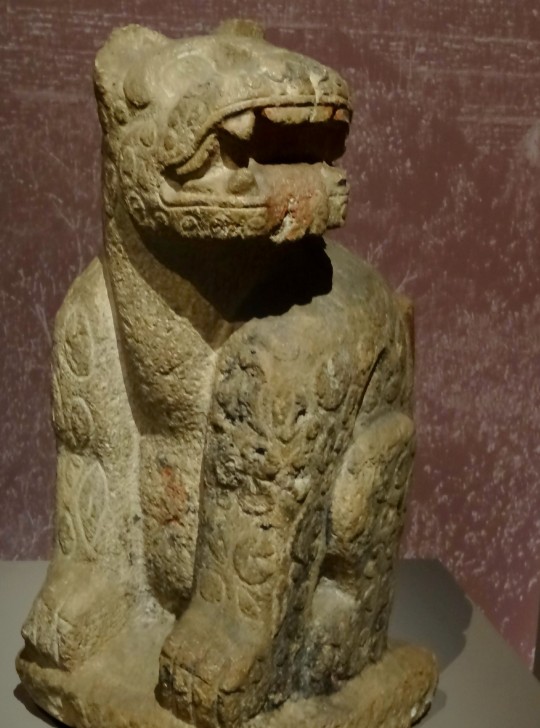
Je reviens à mon projet de présenter la plupart de mes 54110 photos (nouveau compte )
2014. Une journée à Paris
Une étonnante expo au Musée du Quai Branly sur le monde maya.
- oiseau de l'Inframonde - pot à cacao
- guerrier en coquillage
- bas-relief, jaguar - Chichén Itzà, Yucatàn
- atlante - Chichén Itzà, Yucatàn
- tête de dirigeant en stuc - Comalcalco, Tabasco
- porte-étendard jaguar - Chichén Itzà, Yucatàn
#souvenirs#paris#musée du quai branly#musée branly#maya#oiseau#inframonde#cacap#nacre#jaguar#chichén itzà#yucatàn#atlante#stuc#comalcalco#tabasco
4 notes
·
View notes
Text
Comalcalco, cuando le dijeron si quería a Adan Augusto para su meeting;
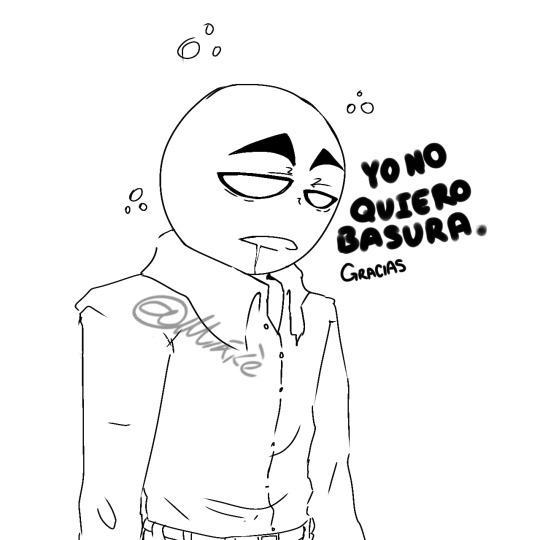
1 note
·
View note
Text
Realiza Enrique Priego gira de supervisión por juzgados de la Chontalpa
Realiza Enrique Priego gira de supervisión por juzgados de la Chontalpa
El presidente del Tribunal Superior de Justicia, Enrique Priego Oropeza, reinició giras de trabajo por municipios después de dos años de suspendidas a raíz de la pandemia originada por el virus SARS-CoV-2, con el llamado a los miembros del Poder Judicial para privilegiar el trato humano y dar celeridad a la tramitación de asuntos porque la ciudadanía acude a un juzgado por necesidad no por…
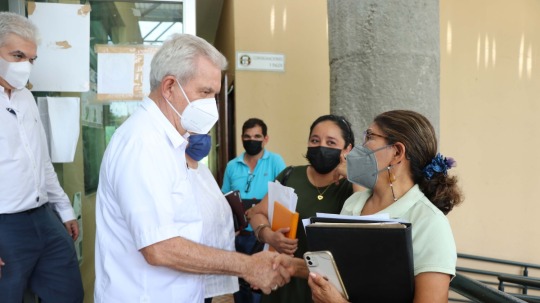
View On WordPress
0 notes
Text
Brown howler monkeys are dropping dead by the dozens in southern Mexico. Between May 4 and May 21, at least 138 died, with deaths occurring in places where temperatures have been abnormally high, exceeding 43 degrees Celsius (109 degrees Fahrenheit).
Before perishing, the animals suffered convulsions, hyperthermia, and fainting, which are symptoms of dehydration. Organizations responding to the catastrophe note that the main cause of death seems to be heat stroke, although they haven’t ruled out other factors. Deaths have been reported across the state of Tabasco.
“The feeling of the work team is tragic, it is painful,” says Gilberto Pozo, a wildlife biologist at the Institute of Ecology in Xalapa. He was one of the first to witness and document the current catastrophe. “It hurts because all the efforts we have been making for years are going down the drain,” Pozo says, referring to recent efforts to protect the species.
Short-furred and endemic to the southern states of Mexico, brown howler monkeys (Alouatta palliata mexicana) are listed as “vulnerable” by the International Union for Conservation of Nature, and their numbers are decreasing.
Pozo has been studying primates for 22 years. He is a conservationist and executive director of Conservation of the Biodiversity of Usumacinta (Cobius), a civil association that has been working with communities in the region for 13 years to protect endangered species.
In early May, a Cobius team visited a group of howler monkeys in Cunduacán, Tabasco, as part of a rescue and translocation program, this landscape having undergone significant changes in past years, which has endangered the monkeys. During fieldwork, the team saw two monkeys fall from 15-meter-high trees. Despite receiving attention, both died from their falls and showed signs of dehydration. The next day, local people came to leave aerial drinkers and tropical fruits for the primates.
Days later, the team visited the Saraguatos Biopark. There they found five dead monkeys and eight with problems. The team decided to extend their monitoring and detected more deaths, notifying Mexico’s environmental protection agency, the Procuraduria Federal de Proteccion al Ambiente (Profepa). Separate groups found dead monkeys elsewhere in the state of Tabasco, in Comalcalco and Jalpa, and so the scale of the emergency quickly became clear.
Mexico’s Ministry of Environment and Natural Resources has said that for now, it is investigating various hypotheses about what killed the monkeys: heat stroke and dehydration of course, but also “malnutrition or fumigation, or spraying of crops with toxic agrochemicals.” A first necropsy has been conducted on one of the animals, though Pozo points out that molecular analyses of the animal are lacking at this stage. “The doctor in charge does not want to rule out either heat stroke or viral issues,” he says. More tests will follow.
Brown howler monkeys are one of three native species of monkeys in Mexico. They inhabit parts of the states of Veracruz, Tabasco, Campeche, and Yucatan, as well as the nearby countries of Guatemala and Belize. The monkeys sometimes eat fruits and flowers, but principally are folivores: 80 percent of their diet consists of leaves, from which the monkeys obtain water. So if the leaves they eat are dehydrated, the animals consume little water, which leaves them exposed to the effects of high temperatures.
Pozo has witnessed monkeys showing the effects of moderate and severe dehydration. In moderate cases, he explains, the animals show signs of apathy, prostration, poor coordination, and slow movements. Such animals also have congested mucous membranes, high heart rates, and body temperatures over 40 degrees Celsius, and they show signs of vomiting, panting, diarrhea, hypersalivation, and muscle tremors. In severe cases, the monkeys suffer convulsions, irregular heartbeats, fainting, and have no resistance to manipulation. “They become like little dolls,” Pozo says.
Tania Fonseca works at Mexico’s Institute of Ecology (Inecol) as an academic technician for the Transdisciplinary Studies Group in Primatology. Something that inspires her about working with howler monkeys is their resilience—“until these days, when everything is broken,” she says.
If the cause of death is heat stroke, Fonseca says, it will be possible to confirm it through tissue analysis. If that is the reason, she adds, it becomes important to monitor live animals that have endured the heat, because they may have damaged tissues and organs.
Trouble Down on the Farm
The average annual temperature in Tabasco is 27 degrees Celsius (80 F). May tends to be the hottest month, with an average maximum of 36 degrees. However, temperatures this season are particularly high, having soared well beyond 40 degrees (104 F).
But in addition to the high temperatures, landscape modifications must be considered as a culprit, explains Bertha Valenzuela, a native of Comalcalco, Tabasco. Valenzuela has been studying primates for 15 years and says she grew up among monkeys. She remembers them always hanging around her grandmother's house.
The Chontalpa region, where most of Tabasco's monkeys live, today has only 3 percent of its original forest area, with a lot of land adapted for farming. In particular, it is an important cacao-growing area, with more than 3,000 producers. In other countries, cacao is planted in monocultures, but here producers use agroforestry systems—where arboreal vegetation shades the cacao-growing below, and where there is a mix of crops and native species. The difference between the original ecosystem and the plantations is that the forest canopy—the upper part of the trees where the monkeys live—is lower, while the understory, the lower part of the forest, is eliminated to allow for crops.
“In these sites they found conditions that have allowed them to survive, even if they are not the best,” says Valenzuela of the howler monkeys. The animals have been living in the plantations for the last 30 years, but have struggled with the landscape changing yet again in recent years.
Since the 2000s, cacao production has declined, due to plant diseases and falling local prices, causing many people to turn their cacao farms into pasture. Valenzuela explains that this means that, in general, between one cacao grove and another, there are now pastures, agricultural fields, or human settlements. With the fragmentation of the monkeys’ habitat, temperature regulation is not homogeneous. The smaller a fragment of forest is, the more heat it receives from its surroundings. Land-use change is compounding the effects of global heating.
A Mess of Good Intentions
Gilberto Pozo describes the first responses to the emergency as “a sea of people helping out”—a mess, but without bad intentions. “There were more than 150 volunteers. If it wasn’t for the support of the population, it would be difficult,” he says.
But some people took the monkeys to clinics without registering them first or notifying the authorities, so Profepa is now visiting clinics to collect data. Pozo is also worried about volunteers or the primates catching diseases from one another. “They grabbed them, approached them without masks or gloves, hugged them, kissed them, talked to them. That represents a high risk of zoonosis or anthropozoonosis.”
On top of this, there’s the risk that vulnerable monkeys may be mistreated, says Ana María Santillán, founder of the Centro Mexicano de Rehabilitación de Primates, which rescues monkeys that are victims of mascotism and illegal trafficking. As civilians, people should not move a specimen, because it is illegal, she says. “It was a blessing that Profepa got involved,” she adds. Even so, her group has found orphaned juvenile monkeys for sale.
To manage the situation, says Santillán, the civil organizations involved have formed specialized brigades, coordinated by Cobius. One is dedicated to recovering dead or dying animals. Another, which takes care of the monkeys, is made up of veterinarians trained in handling primates, some from Profepa in Tabasco, others from Universidad Juárez Autónoma de Tabasco (UJAT). Another brigade is to perform necropsies. Among the most important actions, Gilberto Pozo explains, has been the setting up of two medical units for treating animals in need.
The experts have asked that people inform the authorities of new cases, and that people who have monkeys take them to the brigade units so that veterinarians can make a record of any affected animals. The response teams also emphasize that the species is very delicate: They should not be given antibiotics or dewormers; people shouldn’t keep any young; nor should the monkeys mix with dogs or cats, because the primates risk catching deadly diseases from them.
Getting Back to Nature
It’s not clear when it will be best to release the affected monkeys, says Fonseca—if environmental conditions don’t change, there’s a risk of this happening again. Particular care needs to be taken when releasing juveniles, regarding which group they are released to and into which site.
Juan Carlos Serio, a researcher at Inecol and head of the Transdisciplinary Primatology Studies Group, points out that better conservation efforts are needed in these habitats. Howler monkeys are great seed dispersers, and losing them from the environment would affect the natural process of forest regeneration. They’ve also been there for a long time. “Losing them means losing an important cultural element,” he says.
With this in mind, there’s work underway to try to make the landscape in Tabasco more monkey-friendly. Jorge Ramos Luna, an academic technician at Inecol and part of Serio’s workgroup, makes videos to engage local communities and promote species conservation by improving the local agrosystems.
One strategy he proposes is to create natural corridors that connect patches of forest. In the neighboring state of Veracruz, he says, one solution is to surround cleared land with “live fences” of trees and vegetation instead of fences made from lumber. “Monkeys are a charismatic species, an umbrella species: If we give them the conditions to survive, we will be providing conditions for many other species,” he says.
Valenzuela has additional suggestions: “The first recommendation is to stop logging, the second is to restore the land, and the third is to contribute with these small actions: of placing water, monitoring the monkeys, so that the people who live with the monkeys get involved in the stability of the populations,” she says.
The inhabitants of the region were already taking care of the monkeys before this massive event. Some had even learned about the types of vegetation that benefit the monkeys, attended management courses, and put water and fruit out for them. This crisis is not the first time that care has been shown by the monkeys’ human neighbors—and the public response this time brings hope that things can be improved.
13 notes
·
View notes
Text
Aparecen dos cuerpos tras asesinato de menor en Paraíso, Tabasco
Podrían estar realacionados al asesinato de Dante Emiliano, de 12 años, en Paraíso.
SN Redacción
Esta mañana, pobladores del municipio de Comalcalco, Tabasco, hallaron dos cuerpos en distintos puntos de la demarcación. Uno de estos descubrimientos, aparentemente, estaría relacionado con el asesinato de Dante Emiliano, de 12 años, en Paraíso.
En la colonia Paso Nuevo, las autoridades fueron…

View On WordPress
0 notes
Text
Deja 12 muertos y 6 lesionados choque entre camioneta y combi de pasajeros en Tabasco
Agencias/Foto-@TabascoEnCambio/Ciudad de México.- Un saldo de 12 muertos y 6 lesionados arrojó una colisión entre una camioneta particular y una combi del servicio de transporte público en la carretera Cunduacán-Comalcalco, en Tabasco, este viernes.
Supervivientes narraron que la unidad Suv invadió el carril contrario e impactó de frente a la combi de transporte público, cuyos pasajeros, 8…
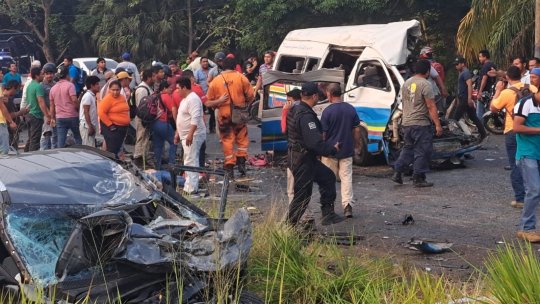
View On WordPress
0 notes
Text
Claudia Sheinbaum visitó mi PUEBLO Comalcalco, Tabasco | Así le fue a la...
youtube
0 notes
Text
Comalcalco, Tabasco
https://www.dannydelacruz.com/Mexico-2004
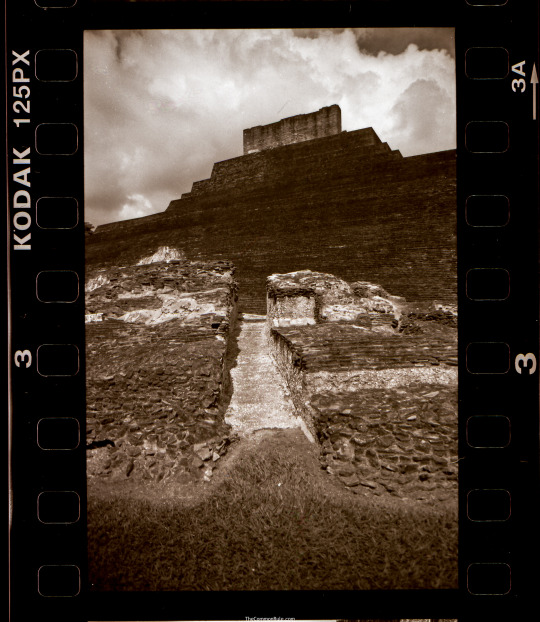
View On WordPress
0 notes
Text
0 notes
Text
Curso-Taller Virtual:
Proyectos en Tabasco
En el Curso Taller está abierto a todo México y América Latin, es para el desarrollo de proyectos Económicos, Políticos y Sociales; retomando nuestra propuesta desarrollo de proyectos empresariales, gobiernos, legisladores, organizaciones de la sociedad civil; entre otros. En el caso de Tabasco aprovechar los proyectos en Villa Hermosa, Macuspana, Temosique, Comalcalco, Conduacán, Paraíso, La Venta, entre otras; con propuestas en los sectores gubernamental, político y social, con una variedad de Fondos para el desarrollo de proyectos.
Inicia el lunes 31 al viernes 4 de jul-ago del 2023, entre las 20 a las 24 horas, por 20 horas, costo 12 mil pesos o 620 dólares (resto de América Latina). El máximo de participantes será 15.
0 notes
Text
0 notes
Photo
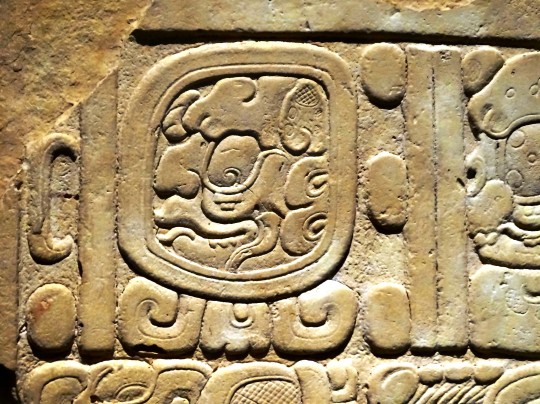
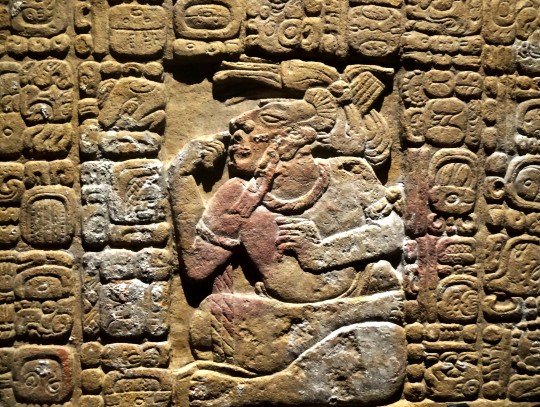

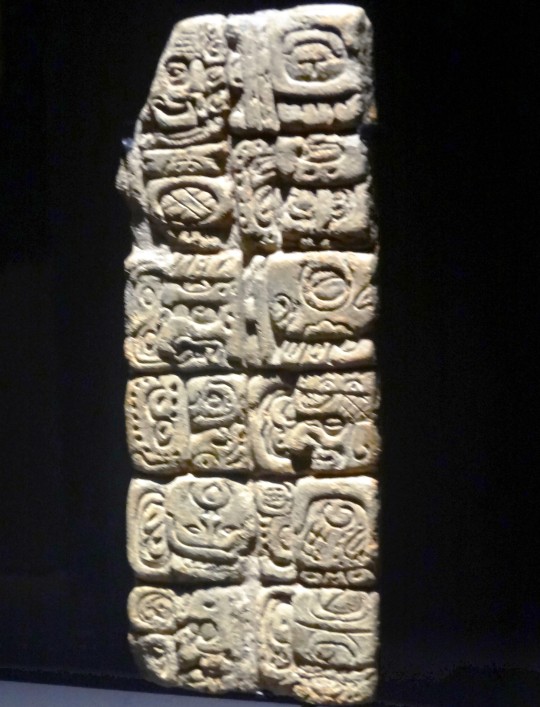

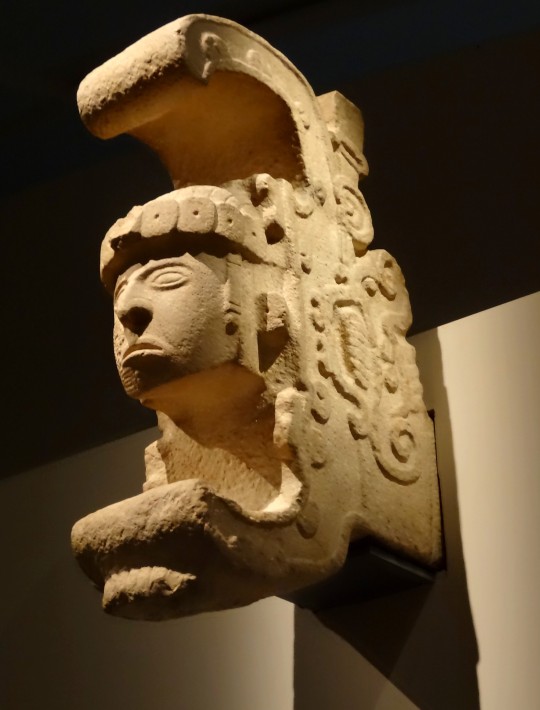
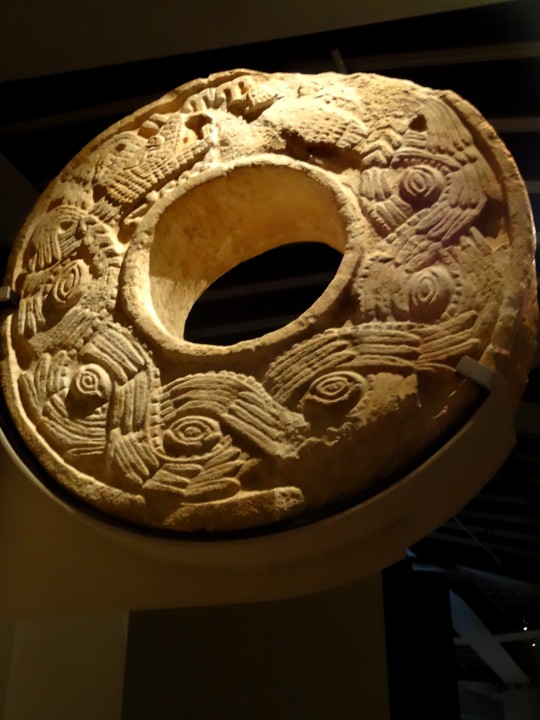

Je reviens à mon projet de présenter la plupart de mes 54110 photos (nouveau compte )
2014. Une journée à Paris
Une étonnante expo au Musée du Quai Branly sur le monde maya.
- glyphe calendaire d'un couronnement - Chinikijà, Chiapas
- noble captif - Toninà, Chiapas
- 2 glyphes calendaires : le “10 k'atun”
- brique commémorative d'offrande - Comalcalco, Tabasco
- à G: le seigneur renaissant du serpent ; à D., l’anneau “but" de jeu de balle - Yucatàn
- id pour le 1er
- id pour le 2nd
- plat avec le signe de Vénus
#souvenirs#paris#musée du quai branly#musée branly#expo#maya#glyphe#chinikija#Chiapas#toninà#k'atun#calendrier maya#comalcalco#tabasco#yucatàn#jeu de balle#vénus
6 notes
·
View notes
Text
Salen volando de juego mecánico, tras falla #VIDEO
Los parques de diversiones son lugares donde niños y jóvenes pueden divertirse en las grandes atracciones, sin embargo, hay ocasiones que se presentan fallas por errores humanos o inadecuados manejos. Tal es el caso de este suceso en Tabasco, al sur de México, donde un juego presentó problemas dejando varias personas con golpes.
El hecho ocurrió en la Feria de Comalcalco, donde el juego conocido…

View On WordPress
0 notes
Text
Emocionante torneo charro en Comalcalco
Prado Verde, campeón del Torneo San Isidro Labrador 2023
Prado Verde de Tabasco superó la excelencia con 424 puntos y con ello se proclama monarca del Torneo San Isidro Labrador 2023 en Comalcalco, Tabasco, en el lienzo Freddy Graniel Cáceres ante un lleno total consecutivo.
La escuadra de Teapa tenía las cosas complicadas, superar los 388 de Don Walter Herrera Ramírez de Huimanguillo, así como…

View On WordPress
0 notes
Text
Paraíso Tabasco
Terreno en Venta
Precio: $ 1,050.00 M2
Superficie: 2,949.62 M2
25.00 Mts. Frente
119.00 Mts. Fondo
* Cerca de Holcim Paraíso
* Refinería Dos Bocas
* 15 minutos de Comalcalco
Ideal para:
* Oficinas
* Bodegas
* Hotel
Si desea invertir en este terreno por favor solicite más información aquí
https://wa.link/7hsz54
"Somos la solución inmediata a tus inversiones comerciales, industriales y patrimoniales para tu empresa ó tu Familia"
Esta publicación es de Caracter informativo, el precio condiciones, imágenes y acabados pueden variar y están sujetos a cambio sin previo aviso. En las operaciones de venta el precio final se determinara en función de los montos variables por conceptos de créditos y gastos notariales.
0 notes
Text
Nuevo punto de venta de Leche Liconsa en la Ranchería José Maria Pino Suarez, 2da. Sección del Municipio de Comalcalco
El pasado 18 de abril del 2023, se llevó acabo la apertura de un punto de venta nuevo en la localidad de José Maria Pino Suarez, Comalcalco en donde se dieron inicios los trabajos de inscripción a nuevos beneficiarios.
Tomas Brito Lara, acompañado del Lic. Robert Hernandez Marin, subdirector de la Dirección de Desarrollo del H. Ayuntamiento de Comalcalco, Ing. Higinio Alberto Castellanos, en…

View On WordPress
0 notes